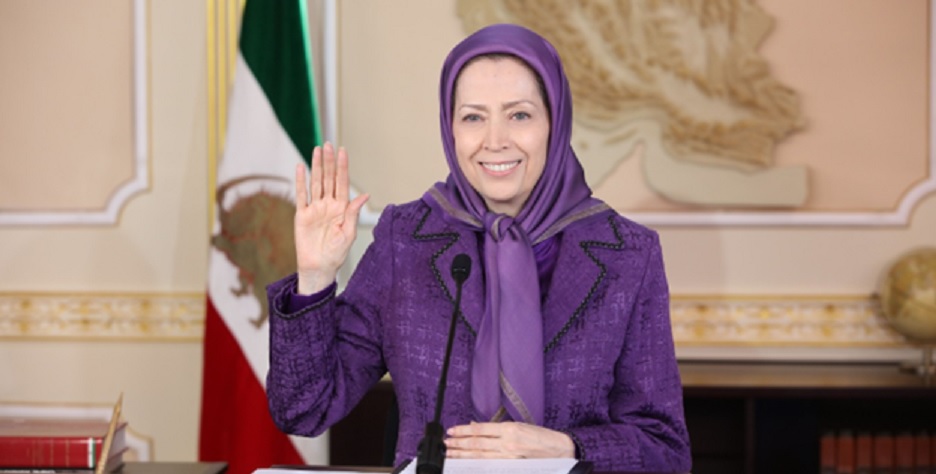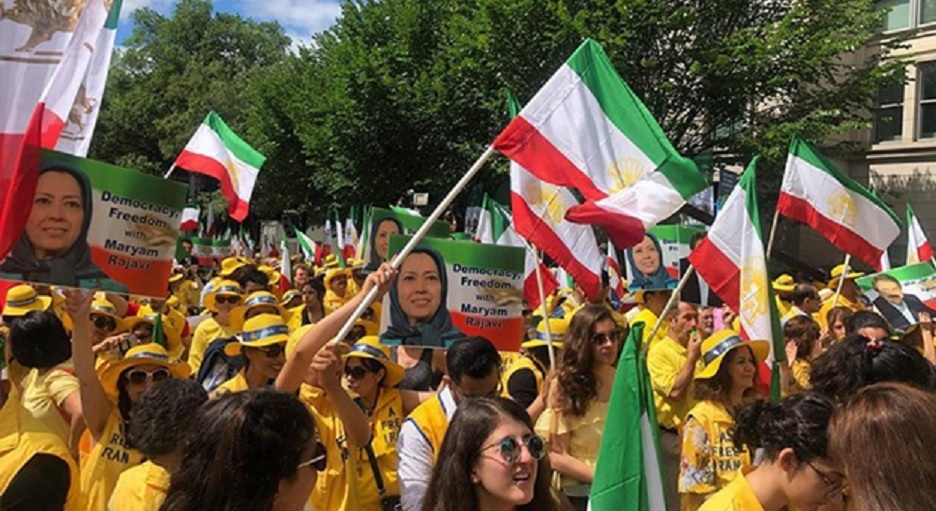‘Solution to ending the Iranian regime’s threats is the establishment of a secular, democratic, and pluralistic republic,’ the resolution reads
Fox News | By Morgan Phillips | February 26, 2025
A bipartisan group of 151 lawmakers is rallying around a resolution to support the Iranian resistance movement ahead of a hearing with an opposition leader. The resolution, led by Rep. Tom McClintock, R-Calif., expresses support for the Iranian people and their stated desire for a “democratic, secular and non-nuclear” Iran through regime change. “The developments of the past year have left no doubt that the source of terrorism and warmongering in the Middle East region is the theocratic Islamic Republic of Iran,” the resolution reads.
It calls out the Iranian regime’s oppressive practices, voices support for the opposition and calls on global leaders to continue imposing sanctions.
“The efforts of Western countries over the past 45 years to change the behavior of this regime have failed, and the ultimate solution to ending the Iranian regime’s threats is the establishment of a secular, democratic, and pluralistic republic by the Iranian people and resistance.”
President Donald Trump has been hesitant to throw U.S. efforts into regime change in Iran. “We can’t get totally involved in all that. We can’t run ourselves, let’s face it,” he told Iranian-American producer Patrick Bet-David in October.
The resolution also claimed that in the first four months of Masoud Pezeshkian’s presidency, beginning July 28, 2024, some 500 prisoners, including political prisoners and at least 17 women, were executed, and hand amputations increased.
It also expressed support for Maryam Rajavi, president-elect of the National Council of Resistance of Iran (NCRI), a leading resistance group known as MEK to Iranians, and her 10-point plan to bring democracy, secular government and human rights to Iran. The plan, which has the support of 4,000 parliamentarians across the globe, calls for installing NCRI as a provisional government for six months to set up elections and a constituent assembly.
The resolution was introduced Wednesday ahead of a 2 p.m. hearing entitled “The Future of Iran” with the Congressional Iran Human Rights and Democracy Caucus, where Rajavi – a top target of Iran’s terror plots and demonization – will give testimony.
The first Trump administration imposed harsh sanctions to bankrupt Iran but stayed away from messaging campaigns aimed at encouraging Iranian resistance. This time around, opposition supporters say the situation on the ground has changed – the regime is far weaker after Bashar al-Assad was forced out of power in Syria and Israel has decimated its proxies, Hamas and Hezbollah. Protests have again kicked up across the nation and threaten to spread if the financial crisis does not improve.
Rajavi, in her opening remarks, will say that the Iranian regime is at its weakest point in decades. “The situation of the Iranian society is explosive. During its 46-year rule, the religious fascism has never been so weak and fragile,” Rajavi is expected to say, according to remarks obtained by Fox News Digital.
“The mullahs are surrounded from all sides: by a society that is filled with anger and rebellion, by Resistance Units, and by selfless and rebellious youth, because of its bankrupt economy and corruption in the government, particularly after the overthrow of the brutal dictatorship of Assad and the collapse of the regime’s “strategic depth” in the region.”
The resolution is sure to rankle Ayatollah Ali Khameni, leader of the current Iranian regime, and supporters of Reza Pahlavi II, whose father ruled Iran in the 1970s, who want to see the younger Pahlavi take power in Iran and deeply oppose the NCRI.
Rajavi will call for the implementation of United Nations snapback sanctions that were eased under the 2015 nuclear deal, putting the regime under the Chapter VII charter of the U.N. as a threat to peace and formally recognizing the resistance’s movement for regime change.
She will also pay tribute to two resistance leaders, Behrouz Ehsani and Mehdi Hassani, who have been sentenced to death on charges of “rebellion” and for being members of the MEK. The U.N. has called on Iran to halt their executions. The regime has executed 120,000 on political grounds over the past four decades, according to Rajavi.
The hearings come after the Trump administration pushed forward with its promise to return the U.S. to “maximum pressure” sanctions with new crackdowns on Iranian oil tankers.
Trump has said he would “love to make a deal” with the nation’s clerical leaders, but Iran has insisted it will not engage in nuclear negotiations while the U.S. is imposing maximum pressure.
“Iran’s position regarding nuclear talks is clear, and we will not negotiate under pressure and sanctions,” Iranian Foreign Minister Abbas Araqchi said during a televised joint press conference with his Russian counterpart Sergei Lavrov. “There is no possibility of direct negotiations with the U.S. as long as maximum pressure is being applied in this way.”










